Heat is coming
BryanBalt
10 years ago
Related Stories

DECORATING GUIDES25 Design Trends Coming to Homes Near You in 2016
From black stainless steel appliances to outdoor fabrics used indoors, these design ideas will be gaining steam in the new year
Full Story
FLOORSIs Radiant Heating or Cooling Right for You?
Questions to ask before you go for one of these temperature systems in your floors or walls (yes, walls)
Full Story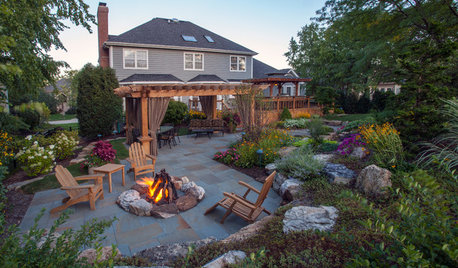
GARDENING AND LANDSCAPING3 Ways to Bring the Heat to Outdoor Living Spaces
Here’s what to know about surviving winter’s bite with an outdoor fireplace, fire pit or heat lamp
Full Story
GREAT HOME PROJECTSHow to Add a Radiant Heat System
Enjoy comfy, consistent temperatures and maybe even energy savings with hydronic heating and cooling
Full Story
KITCHEN DESIGN9 Ideas Coming to a Kitchen Near You
2012 kitchen updates: Tall, solid-surface backsplashes, smarter storage, handy task stations and sheen instead of shine
Full Story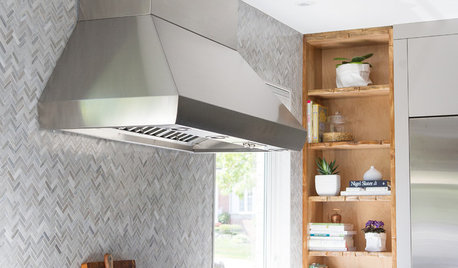
KITCHEN DESIGNKitchen of the Week: Function and Flow Come First
A designer helps a passionate cook and her family plan out every detail for cooking, storage and gathering
Full Story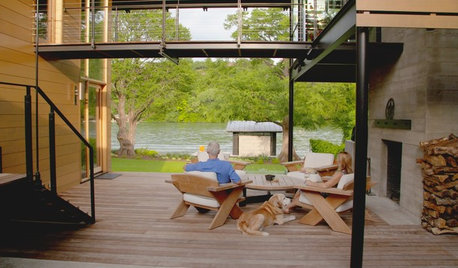
MODERN ARCHITECTUREHouzz TV: This Amazing Lake House Made a Couple’s Dream Come True
Step inside a dream home on Lake Austin, where architecture celebrating gorgeous views has a striking beauty of its own
Full Story
SMALL HOMESMicrounits Are Coming to NYC. See the Winning Design
Say goodbye to only arm-and-a-leg Manhattan rents. This plan for small prefab units opens the door to more affordable housing
Full Story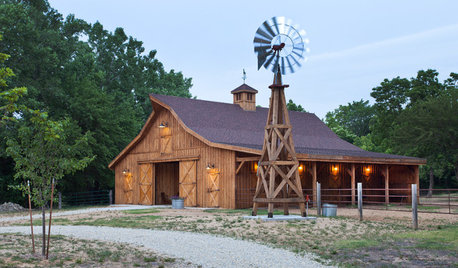
TRADITIONAL STYLEFarmhouse Style: Windmill Power Comes Around Again
Windmills helped win the West. Today these hardworking features are still winning our hearts
Full StoryMore Discussions






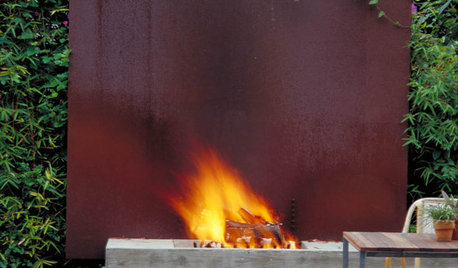
King_Kale
BryanBaltOriginal Author
Related Professionals
Graham Landscape Architects & Landscape Designers · Hershey Landscape Architects & Landscape Designers · Harvey Landscape Architects & Landscape Designers · Galveston Landscape Contractors · Kaneohe Landscape Contractors · Soddy Daisy Landscape Contractors · St. Louis Landscape Contractors · Wallingford Landscape Contractors · Agoura Hills Stone, Pavers & Concrete · Country Walk General Contractors · Lincoln General Contractors · Merritt Island General Contractors · New Braunfels General Contractors · Norristown General Contractors · Rossmoor General Contractorschuckiebtoo
King_Kale
BryanBaltOriginal Author
Shaul
11otis
King_Kale
chuckiebtoo
chuckiebtoo
BryanBaltOriginal Author
King_Kale
BryanBaltOriginal Author